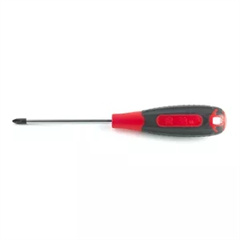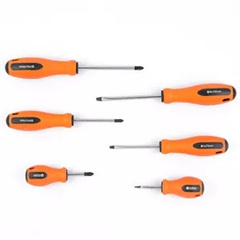The art of knife sharpening is a skillful practice that involves restoring the sharp edge of a knife, enhancing its cutting performance, and ensuring its longevity. Properly sharpened knives are not only safer to use but also more efficient in the kitchen or any other application where sharp tools are needed. Here’s a guide to help you understand the basics of knife sharpening:
- Understanding the Basics:
- Grain Structure: Knife blades are made up of tiny metal crystals or grains. When a knife gets dull, these grains bend and deform. Sharpening realigns these grains to restore the sharp edge.
- Bevel: The bevel is the sloped edge of the blade that tapers to form the cutting edge. The angle of the bevel determines the sharpness and durability of the blade.
- Sharpening Stones: Sharpening stones come in various grits, ranging from coarse to fine. Coarse stones remove metal quickly and are used for repairing damaged blades, while finer stones refine the edge.
- Tools for Sharpening:
- Whetstones: These are traditional sharpening stones made from natural or synthetic materials. They come in different grits for coarse, medium, and fine sharpening.
- Sharpening Rods/Honing Rods: These are long, cylindrical rods made from steel or ceramic. They are used to hone and maintain the knife’s edge between sharpenings.
- Guided Systems: These are devices that help maintain a consistent sharpening angle, making it easier for beginners to achieve accurate results.
- Sharpening Process:
- Prepare the Stone: If you’re using a whetstone, soak it in water (for natural stones) or follow the manufacturer’s instructions (for synthetic stones).
- Choose the Angle: The angle at which you hold the knife while sharpening is crucial. Common angles are around 15-20 degrees for most kitchen knives.
- Start with Coarse Grit: If your knife is dull or damaged, begin with a coarse grit stone. Hold the knife at the chosen angle and slide it across the stone, maintaining consistent pressure and motion. Repeat on both sides until you see a burr (a small raised edge) along the opposite side.
- Switch to Finer Grits: Progress to finer grit stones, repeating the sharpening process. This will refine the edge and remove the burr.
- Honing: After sharpening, use a honing rod to realign the edge and make it razor-sharp. Hold the rod vertically and gently run the knife along its length.
- Tips and Best Practices:
- Keep the sharpening angle consistent.
- Use light to moderate pressure while sharpening.
- Use a lubricant (water or honing oil) to prevent metal particles from clogging the stone.
- Test the knife’s sharpness by carefully slicing through paper or a soft tomato.
- Maintenance:
- Regularly use a honing rod to keep the edge aligned.
- Sharpen your knives as needed, which might be every few months depending on usage.
- Proper storage and care can help maintain sharpness longer.
Remember that knife sharpening is a skill that takes practice to master. Over time, you’ll develop a better understanding of the techniques that work best for you and the type of knives you own. Always prioritize safety and take your time to ensure consistent and quality results.



































